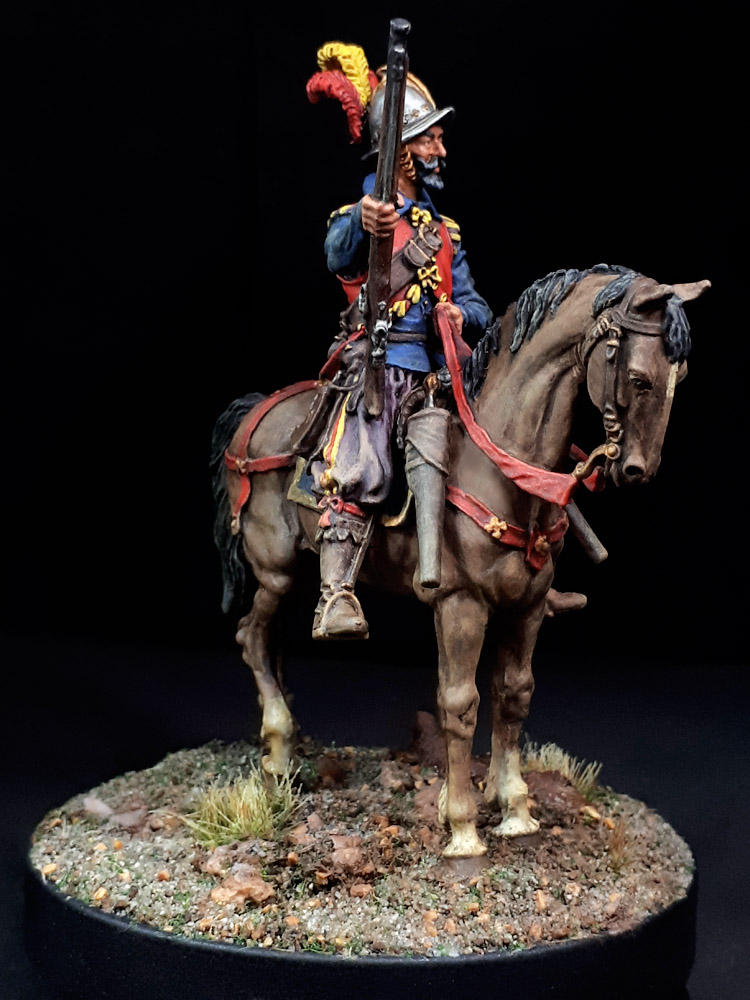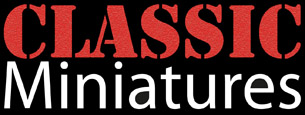
In the early 16th century in Italy, soldiers armed with arquebuses (early form of a rifle) were put on horse’s, behind the horsemen to provide fire support during cavalry raids, mounted arquebusiers started to gain popularity in other European countries also. Eventually there were independent units of mounted arquebusiers in most European armies of the time.
These were small detachments that could easily “add fire” in the right place of the battle or arrange an unexpected raid on the marching enemy column. Early mounted arquebusiers probably fought mostly on foot due to the problems involved in using a #’matchlock firing system’ from horse back and only used the horse to ride where needed in the battle.
#(matchlock: a long length of smouldering rope soaked in saltpeter, which was the match to ignite the gunpowder to fire the weapon).
Mounted use became easier with more widespread use of the *’wheellock firing mechanism‘ though much more expensive to manufacture. *(wheellock: a friction-wheel mechanism to cause a spark to ignite the gunpowder to fire the weapon).
From the 1540’s onward you see the mounted arquebusier slowly developing two separate branches. A mounted arquebusier that becomes a true light cavalryman, at best wearing a helmet and breastplate. And also heavy cavalry wearing a combination of mail and plate armour, armed with pistols.
In Spain there were the Herreruelos and the Herguletiers (mounted arquebusiers). The Herreruelos were armed with pistols and heavily armoured, similar to German Reiters and other cuirassier types, while the Herguletiers (arquebusiers) were lighter, only about half of them wearing corselets, the rest leather, and were armed with a longer-range weapon.
They all operated on foot as well as mounted. Mounted, both could play a similar role, operating on the front or flanks of men-at-arms or lancers, preparing and supporting attacks with their fire, but the herreruelos would be more likely to charge in themselves! Both types carried swords, and arquebusiers sometimes carried pistols as well as the arquebus.
In the second half of the 17th century, they were replaced by the term ‘dragoons’ (mounted infantry). Similarly armed but they also carried, beside sword and arquebus, a mace and a small pick which could be used to tether the horse while the rider operated dismounted.
